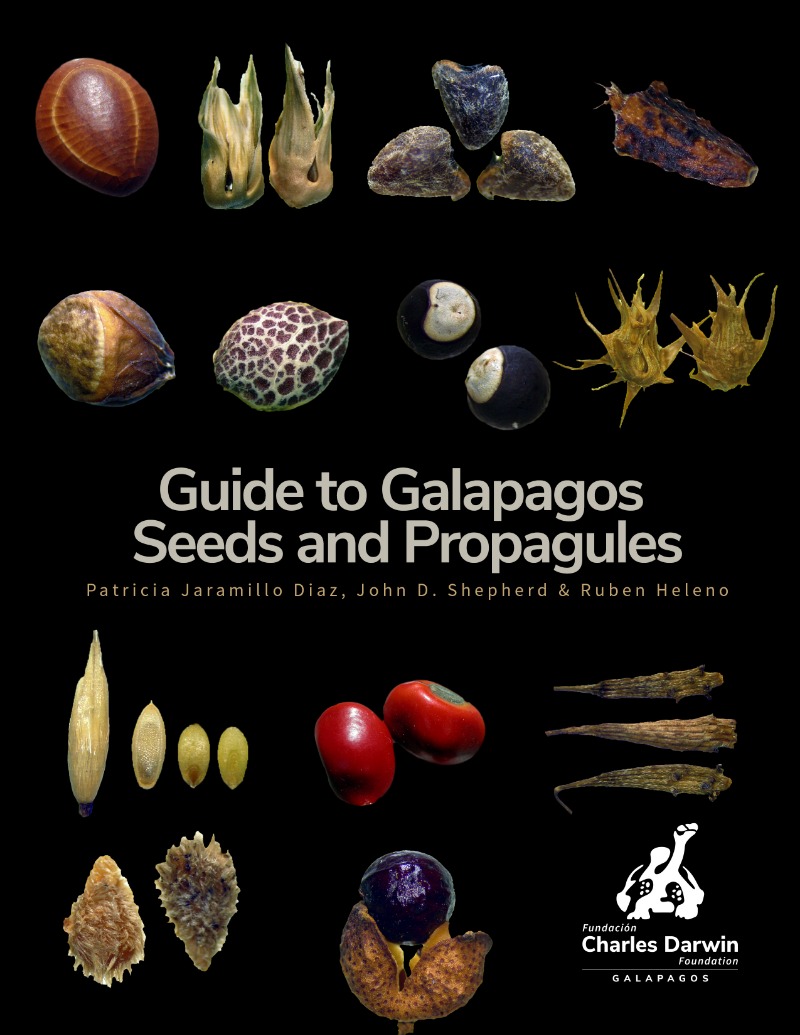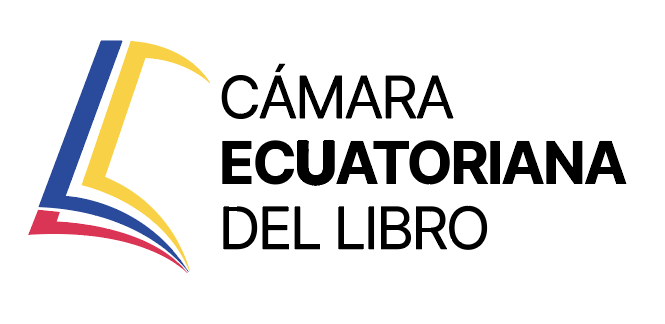
Guide to Galapagos Seeds and Propagules
Jaramillo, Patricia
Rubén, Heleno
Colaborador:John, Shepard (Traductor)
Editorial:Fundación Charles Darwin para las Islas Galápagos
Materia:Conservación de recursos biológicos
Público objetivo:General
Publicado:2020-08-15
Número de edición:1
Número de páginas:90
Tamaño:21.59x27.59cm.
Encuadernación:Tapa dura o cartoné
Soporte:Impreso
Idioma:Inglés
Libros relacionados
Impacto Ambiental y Biorremediación en la Acuicultura - Jadán Veriñez, Yanira Benita
Reima: 25 años haciendo camino al andar - Puerta de Armas, Yordanis Gerardo
Memorias del V Simposio de Investigación y Conservación en Galápagos
Manejo y conservación de Recursos Naturales - Cotto, Manuel
Reseña
The Galapagos Islands have been identified by UNESCO as a World Natural Heritage Site due to their fascinating endemic biodiversity. Unfortunately, many species face risks due to the introduction of invasive species and climate change effects. Plants can inform on environmental change due to their role in the base of the ecosystem. Seeds, being the method of propagation of plants, play a fundamental role in ecological networks and plant-animal interactions. It is important to understand these interactions and seed dispersal biology as Galapagos’ endemic vegetation supports emblematic animals such as giant tortoises and iguanas. This guide details basic seed physiology and structure, which is related to dispersal mechanism. Understanding the diversity of shapes, colors, and sizes of these structures will help with the identification of seeds and propagules. Dedicated to botanists and non botanists, scientists and students alike, this book will serve as a quick visual identification guide and as a reference for the conservation of Galapagos plants.




